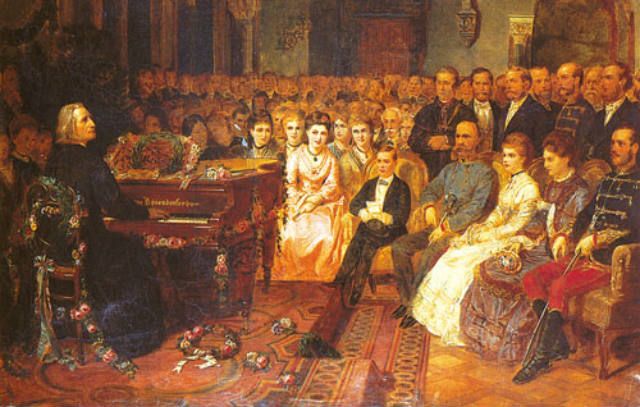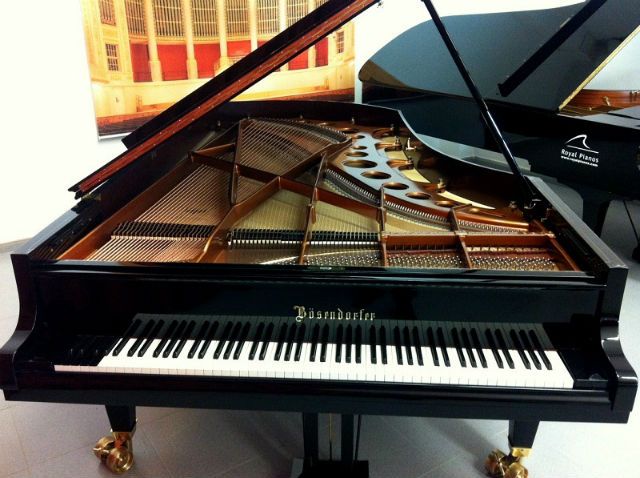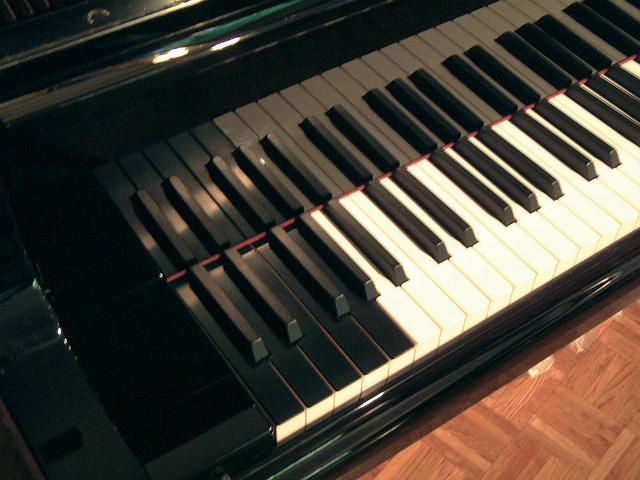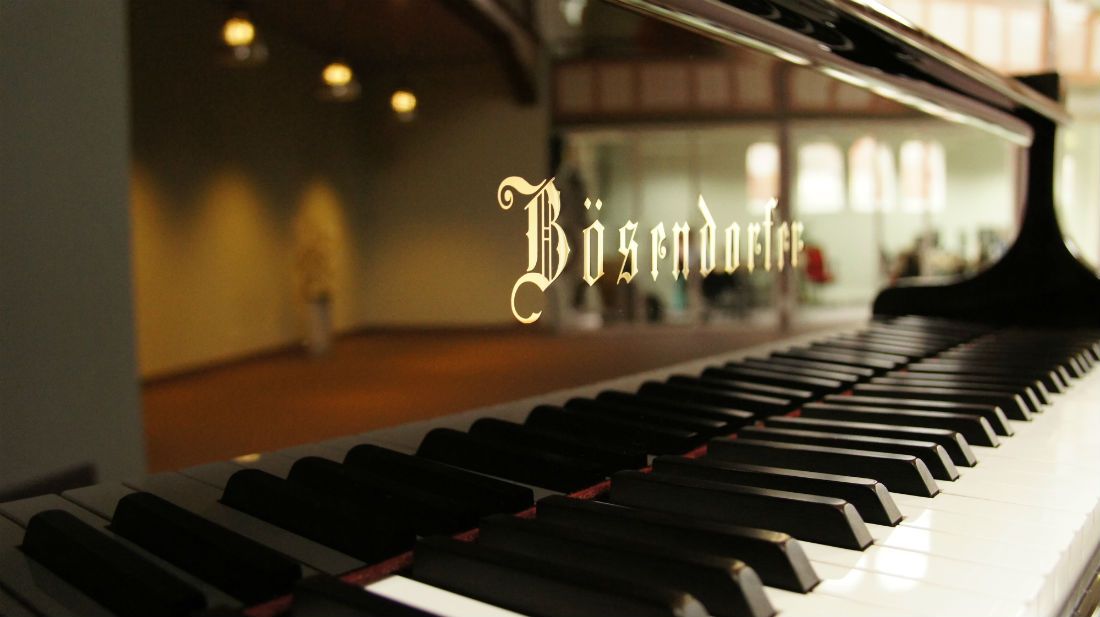Bösendorfer is the name of a company in Vienna, Austria, that has been manufacturing pianos since the early 19th century. Each piano is carefully handcrafted as a unique instrument; a work of art designed to stand the test of time.
That craftsmanship led to the development of the Bösendorfer Model 290 Imperial, a piano that has become the flagship of the company and exemplifies the rich musical heritage of Vienna.
Ignaz Bösendorfer (1796-1859) established his namesake company in 1828 after completing his apprenticeship with a well-known Viennese piano maker, Joseph Brodman. The city was already home to almost 150 piano builders filling the requests for instruments from professional musicians to private homes.
Bösendorfer combined his music education from the Academy of Fine Arts with his knowledge of carpentry to allow for a louder sound while keeping the mellow tone quality characteristic of Viennese-made pianos. Stronger stringing and a revised construction resulted in a deep resonance that included the lowest bass notes.
Composer-pianist Franz Liszt admired the piano’s singing tones and also its strong construction. As a physically powerful performer, his virtuosity sometimes proved too overwhelming for the frames of other pianos but not for the Bösendorfer.
The fame of these pianos spread and, in 1839, Ignaz Bösendorfer was made the “Imperial and Royal Fortepiano Purveyor of the Court” by Emperor Ferdinand I. In 1858, one year before his death, he received another title of “Chamber Purveyor to the Emperor” by Emperor Franz Josef I.

When the founder’s son, Ludwig, took over the business, he had pianos shown at world exhibitions, started the Bösendorfer Piano Competition and opened a larger factory.
By the late 19th century, various world leaders owned Bösendorfers: the czar of Russia, empress of France, and the Japanese emperor who received it as a gift from Emperor Franz Josef I in diplomatic relations between the Austro-Hungarian Empire and Imperial Japan.
The company had spent the 1800s perfecting the instrument and, at the turn of the century, faced a new challenge proposed by the Italian composer, Ferruccio Busoni. This would result in the Imperial model.

Busoni (1866-1924) was a composer and pianist who also edited and transcribed the works of other composers. He was transcribing Bach’s organ compositions for piano only to find that there were not enough bass notes on the standard 88-note piano keyboard.
In order to match the correct octave indicated by the organ stops, he needed more notes. He proposed that the company make a piano with extra bass notes. The prototype was finished in 1909 and had 97 keys instead of 88, making the range a full eight octaves. The lowest bass notes had the same resonant tone as the company’s other pianos.

In addition to Busoni, other well-known classical composers, Bartók, Debussy, and Ravel, wrote for the Bösendorfer Imperial as did jazz musicians later on. The Imperial model is used in concerts today.
The extra bass notes are painted black so as not to throw off a pianist’s visual perception. The overall size is bigger than the standard concert grand. The Imperial is 9.6 feet long whereas the standard concert grand is 9.2 feet in length.
A tour through the factory allows visitors to see how Bösendorfer pianos are made. From cutting the Austrian spruce to attaching each string by hand, there are no assembly lines. It can take over a year to build one piano.
The wood alone takes up to five years to dry out. The company Showroom in the Vienna Musikverein building displays the various styles from those named after specific composers to the modern era. As one of the oldest piano manufacturing companies in the world, Ignaz Bösendorfer created a lasting, “imperial” tradition of piano making in Vienna.


I think you should also mention that the Busoni influence was not exclusively evident in the the 290cm Imperial Bosendorfer Grand piano. The smaller 225cm (7’5″ approx.) model, another sublime and beautiful Grand piano has the additional 4 extra base notes thereby (all black) resulting in a keyboard of 92 notes